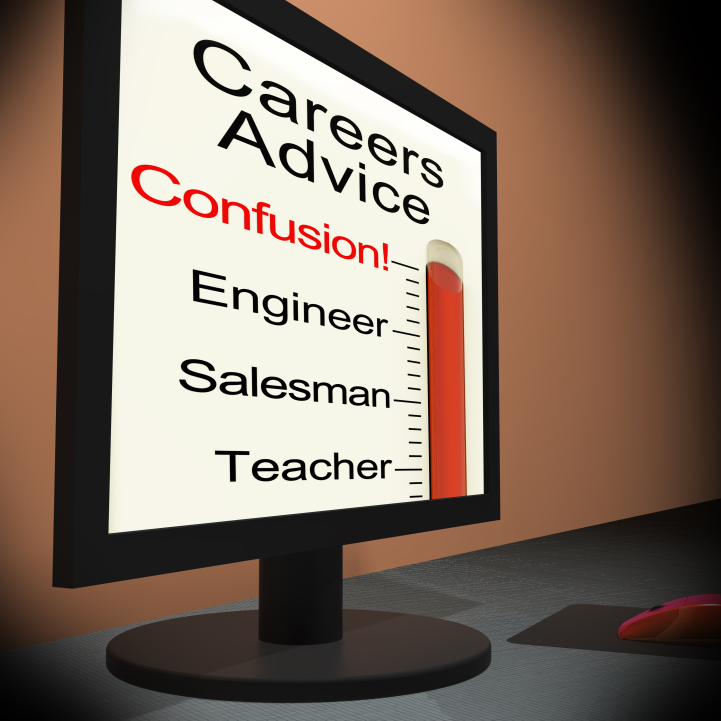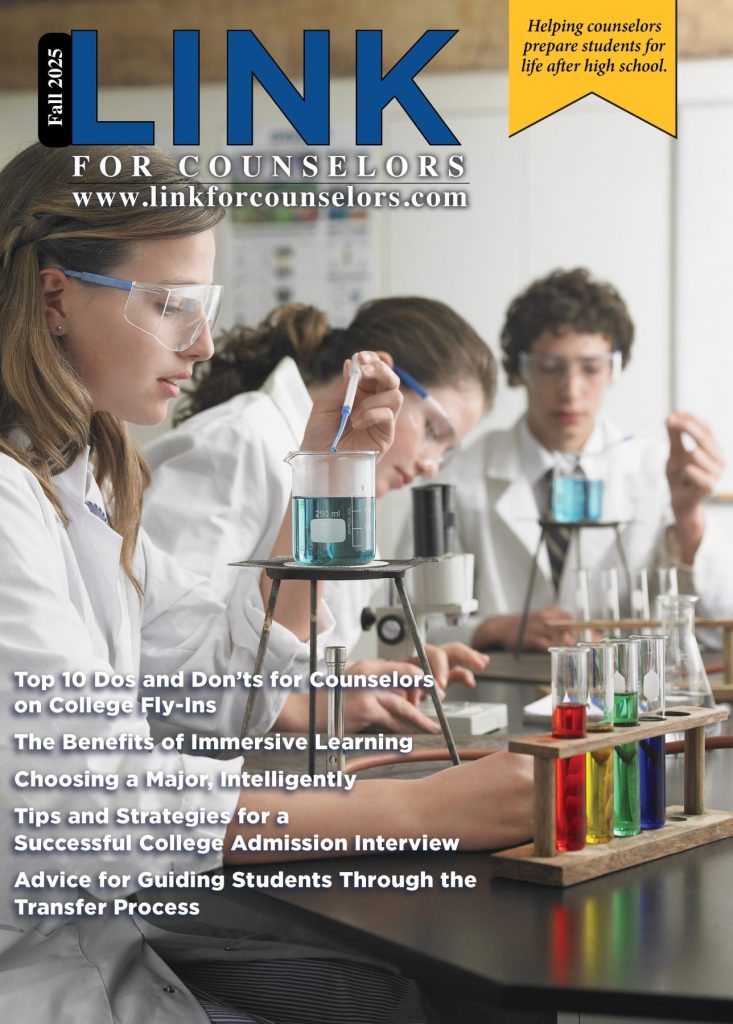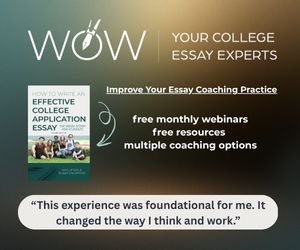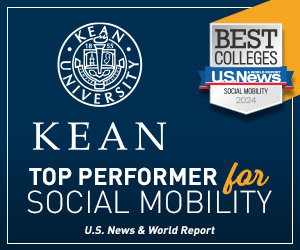It’s an exciting time for your college-bound high school seniors as going to college, once a distant idea, comes into focus.
They may have received acceptance letters (or, more likely, emails these days) back in December if they applied for early decision, but most are receiving those communications right now. They may even be receiving multiple acceptances with competing financial aid packages.
They are also learning where their best friends are going to school and that they’ll be separated. And some are receiving the disappointing news that they’re being wait-listed at their dream school or, “After carefully considering your application, we regret to inform you…”
Teens and their parents may have a tough time managing all of the “feels” that come with this tumultuous time. Watching how your students deal with the ups and downs, and thinking back on how they’ve negotiated their junior and senior years of high school, may offer some clues as to whether going away to college is a good idea right now.
If a child is already experiencing anxiety or depression, there’s a greater chance for a significant mental health issue to emerge during freshman year. A study reported by the National Education Association said that 44 percent of college students surveyed reported symptoms of depression; 37 percent said they experienced anxiety; and 15 percent said they were considering suicide.
Some of the challenges in college that bring about mental health issues include:
● Increased academic pressure
● Social stressors
● Problems with time management
● Difficulties in the living environment
● Inability to self-manage medications for depression, anxiety, ADHD, etc.
● Greater exposure to harmful substances, such as today’s more potent cannabis
I’ve had a number of families consult with me after their child returned for Thanksgiving or after their first semester showing signs of emotional and mental instability, such as not wanting to get out of bed, not wanting to see their friends or even not returning to school at all.
So, before packing up the car and dropping a child off in August, parents and counselors should assess behaviors they have observed. Here are some clues that a gap year, community college or volunteer work may need to be part of the considerations:
How independently have they managed their school work? Do they need to be reminded of projects and assignments that are due and asking if they’ve completed their homework?
Do their extracurriculars, social activities and friendships interfere with the need to sleep and eat? Do they miss classes or appointments because of time management?
Are they insightful about their own strengths and weaknesses? If they are honest about their weaknesses (such as being organizationally challenged), what supports can they call on to help them?
Are they resourceful and can they advocate for themselves if they recognize they’re having emotional or social problems?
Are they being realistic about what colleges will likely accept them and mature enough to accept the limitations you impose on tuition, fees, student loans and travel? Can they tell you why they selected specific colleges, and beware of answers like, “It’s the farthest away from home” or “The weather is warmer.”
Did they fill out their college applications on their own, including writing essays unassisted by AI, and meet the specified deadlines?
Are they looking at college as an educational opportunity or merely a social opportunity?
Have they been treated in the past, or are they being treated now, for anxiety or depression? Can they manage their medications independently? And how far away are you willing to let them go in case of a crisis? Will you be within driving distance, or will they have to get on a plane?
If they’re over 18, are they willing to sign a HIPAA agreement allowing you access to their medical records and to speak with their health-care providers? Will the school contact the parent if they suddenly stop going to class?
Parents should have them sign a young adult power of attorney (known as a Mama Bear contract) should they experience a medical or mental health crisis? If you’re worried about your student’s mental or physical issues impacting their ability to successfully matriculate, parents can purchase a tuition insurance policy that can help refund tuition, room and board, and other fees if a student needs to withdraw due to a covered medical reason.
A time of life that, for many, is full of excitement can be full of disappointment and anxiety for some teens. Support them in this journey and remind them that college isn’t their final educational experience – it’s just their current educational experience – and they will eventually find their path.
Bonnie Lane, M.S., is principal consultant with Family Support Services in Northbrook, Illinois, specializing in supporting families whose loved ones suffer from severe mental illness or substance addiction. Contact her at 847-651-1554 or bonnielane@thefamilysupportservices.com.













